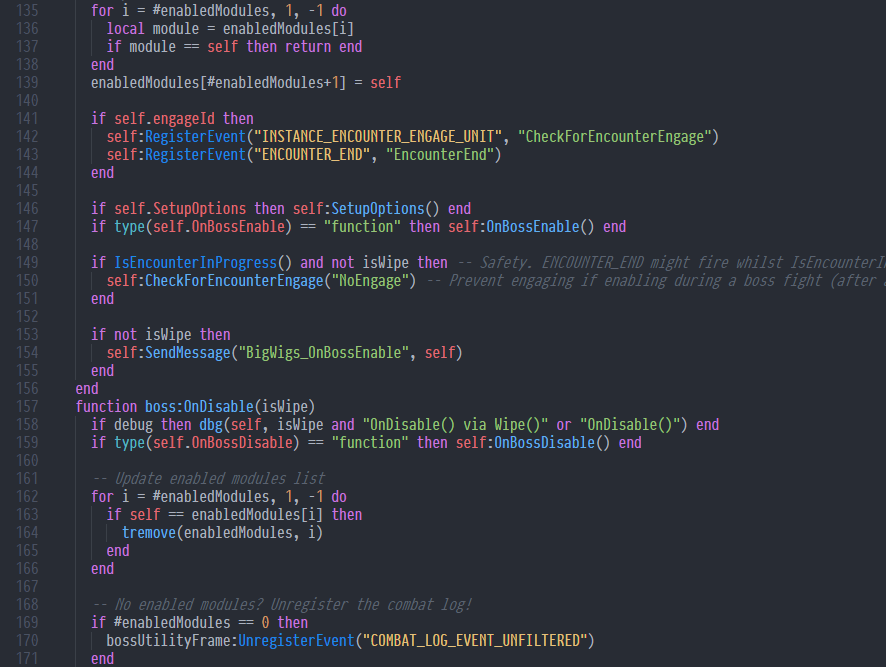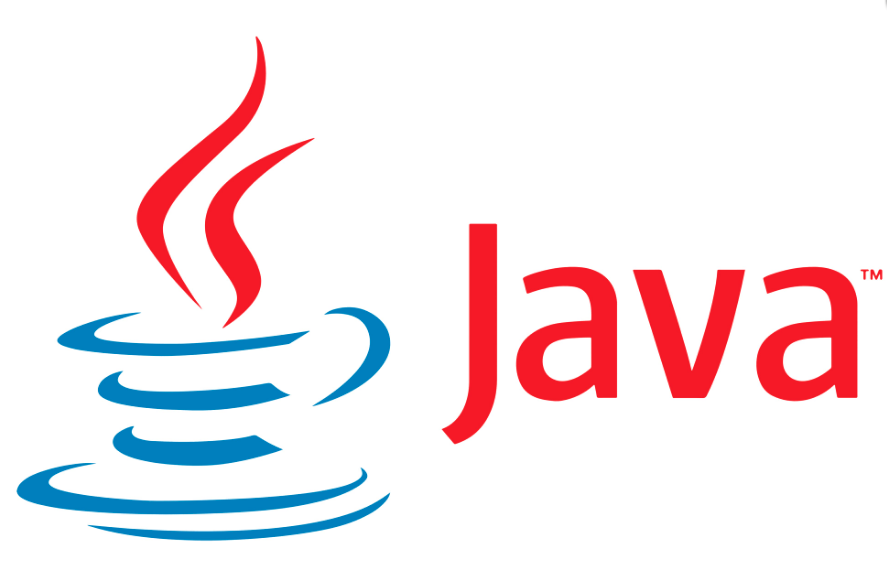Picture yourself in 2024. You’re navigating a world that’s more digital than ever, where technology is at the heart of virtually everything you do. Amid this tech-driven landscape, one question arises: are programming languages still important?
The Relevance of Programming Languages in 2024
Despite the surge in technology’s role, programming languages remain crucial in 2024, serving as the construct for digital advancements. Under this section, we’ll discuss their evolution and how emerging technologies bolster their importance.
Evolution of Programming Needs
Over time, programming needs evolve, often dictated by changing technological landscapes. In the earlier years, a focus was placed on optimizing hardware resources due to limited computing power and storage capacity. Languages like Assembly and C were popular given their low level access to machine resources.
Fast forward to 2024, robust hardware presents less of a concern while effective problem solving takes precedence. Consequently, languages offering optimal syntax for Expressiveness and readability gain traction. Python is one such example: with its simplicity and extensive libraries helping meet diverse programming challenges across Data Analysis, Web Development or Artificial Intelligence.
Influence of Emerging Technologies
Emerging technologies further solidify the significance of programming languages in current times. With advancements in areas like Data Science, Machine Learning (ML) or Blockchain Technology where custom algorithms are key; highly efficient code becomes indispensable – reinforcing the need for specialized programming expertise.
Take ML for instance: performing complex computations on large datasets requires adept control over computation logic – something achievable via understanding language nuances allowing optimized usage.
In Blockchain applications as well; Smart Contracts running on platforms like Ethereum utililze Solidity language expressing contractual obligations efficiently through code – establishing clear links between technology frontiers and programming competencies.
Hence it remains evident that despite our leaps towards user-friendly tech interfaces & automated systems; foundational understanding of underlying coding structures holds significant relevance even as we step further into this digitally-led era named 2024.
Key Programming Languages to Learn in 2024
Programming languages anchor the technological landscape. Their significance lies in enabling tailored algorithms and efficient codes crucial for diverse tech applications.
Languages for Web Development
Web development’s crux lies in two zones – the front-end, what you see on screen, and the back-end which works behind-the-scenes. For front-end duties HTML5, CSS3 and JavaScript rule the roost due to their interoperability with major web browsers. Take Angular.js and React.js, offspring of JavaScript that have revolutionised interactive web design.
Switching gears to back-end development: Python takes center stage again, thanks to its simplicity navigated by frameworks like Django and Flask. Simultaneously PHP remains widely adopted while Node.js reaffirms JavaScript’s dominance beyond just browser-based tasks.
| Language | Front-End/Back-End | Example Use |
|---|---|---|
| HTML5/CSS3/JavaScript | Front-End | Interactivity Design |
| Python | Back-End | Frameworks such as Django, Flask |
| PHP | Both | WordPress websites with custom functionality |
| Node.js | Back-End | Real-time collaboration apps |
Languages for Data Science and AI
On entering data science turf or AI research zone, Python undeniably leads due to its simple syntax complemented by heavyweight libraries (think pandas for data manipulation or TensorFlow for machine learning). R language enters as a close competitor offering tidyverse suite known for data preprocessing steps.
AI space triggers demand for languages suitable for machine learning applications. Java due to reliability joins Scala envied for management capabilities of large datasets processing using Spark framework. Additionally C++ gaining attention given its performance advantage during execution of complex computational models.

Let’s encapsulate this on a table:
| Language | Specific Use in DS/AI | Example Application |
|---|---|---|
| Python | Machine Learning | TensorFlow, pandas |
| R | Data Preprocessing | tidyverse suit |
| Java | Reliable for machine learning | Large scale data tasks |
| Scala | Managing big datasets | Spark framework |
| C++ | Performance efficiency | Complex computations |
Draft each coding journey with time and practice, harnessing these languages brew competent programmers to face challenges in the futuristic tech era of 2024.
Impact of Programming Languages on Career Development

In the technologically advanced world of 2024, programming languages hold essential sway over career development in the IT sector. These languages serve as a crucial foundation for various roles ranging from full-stack developers to data scientists.
Job Market Trends
Consider how job market trends tilt towards those proficient in popular programming languages. Recent studies affirm that web and application development roles largely favor applicants possessing adept skills in HTML5, CSS3, JavaScript and Python. But it’s not limited to these; PHP and Node.js also feature prominently among desired skills in the market.
Additionally, niche spheres such as Data Science and AI exhibit an inclining demand for individuals competent in R, Scala and C++. For instance, since Python serves versatile functions including machine learning tasks while Java promises reliability for large-scale responsibilities, they are often listed amongst preferred requirements by recruiters.
Upskilling and Reskilling Needs
Venturing into upskilling or reskilling paths? It becomes indispensable to master these prevalent programming languages for climbing the professional ladder swiftly. Not only do these competence boost your employability odds but they equip you with tools necessary for addressing futuristic tech challenges skillfully.
For example, practicing Python can widen your prospects towards becoming a sought-after specialist in fields like Artificial Intelligence or Big Data Management. Meanwhile reskilling from a web developer standpoint might involve gaining dexterity at PHP or Node.js which can potentially increase your attractiveness amongst hiring managers across diverse industries.
Embracing this understanding encourages strategic preparedness for competitive employment scenarios driven by programming prowess.
Future Predictions and Trends in Programming
Moving forward from the foundation of its importance, let’s scrutinize the future predictions and emerging trends in programming.
Innovations in Language Development
Innovative leaps occur constantly; they’re integral to programming language development. Recent years have witnessed tremendous growth. For instance, Python 3 surpassed its predecessor Python 2 with added functionalities and enhanced efficiency. It’s not a surprise that programmers migrated to more refined versions for high-psychological acceptability, enhancing their productivity.
Programming dynamically evolves as developers strive for ideal balance amongst run-time efficiency, ease of coding, expressiveness, hardware control,and reliability. Swift’s introduction by Apple drastically reduced Objective C usage due to greater safety measures and modern simplicity it encompassed. SEQUEL got replaced by SQL introducing much needed structured querying while maintaining data integrity.
The Role of Programming in New Industries
As industries galore adopt digital technologies, notable shifts emerge: User Experience (UX) takes priority over traditional parameters like processing speeds or memory management; extensive data handling beckons languages better aligned with statistical computation or machine learning algorithms like R or MATLAB.
Languages pivot towards diverse industry-specific requirements: pharmaceutical sector sees an uptake of SAS usage for clinical trials; Oil Industry awards preference to Fortran adept at massive numerical calculations; JavaScript dominates web design owing to HTML5 & CSS3 compatibility enhancing interactive UX elements.
A pivotal role is carved out for programming languages as intelligence gathering expands beyond conventional databases into sensory feeds furnished by IoT devices hence laying emphasis on languages adaptable enough towards such utility-driven requirements.JavaScript Edge comes into limelight equipped with Node-Red platform integrating IoT platforms easily within current infrastructure-enhancing real time communication.
Thus not only do innovations steer language evolution but differing industry requisites also shape adaptations,content here encompasses plausible future avenues paving way into harnessing potentials residing within this dynamic realm known as ‘programming’.
Conclusion
You’ve taken quite a journey exploring the importance of programming languages in 2024. There’s no doubt that their role extends beyond just creating custom algorithms and efficient code – they’re tantamount to shaping future innovations across various sectors. With examples like Python 3 outpacing Python 2 or the introduction of Apple’s Swift, you can appreciate how these languages are constantly evolving to cater to shifting industry requirements. Whether it be SAS becoming indispensable in pharmaceuticals or JavaScript proving crucial for web design, what we see is progress and adaptation of industry needs. So, as we look ahead into the coming years, it’s clear that programming languages will continue charting new paths for technological advancements. Indeed in 2024 and beyond, they will remain important not just as tools but as game-changers redrawing industry landscapes one line of code at a time.
1. Why are programming languages significant in 2024?
Programming languages are essential in creating custom algorithms and efficient code for various technological applications. They play a crucial role in web development, Data Science, AI, and adapting to industry-specific needs.
2. Which programming languages are highlighted for web development?
HTML5, CSS3, JavaScript, Python, PHP, and Node.js are the primary programming languages emphasized for web development.
3. What predictions does the article make about future trends in programming?
The article predicts that language developments like Python 3 surpassing Python 2 and Apple’s introduction of Swift will influence future trends. Moreover, new industries may require specific adaptations of existing languages.
4. How is the role of programming evolving within new industries?
The role of programming is quickly transforming as it adapts to meet industry-specific requirements; an instance being the use of SAS specifically within the pharmaceutical sector or JavaScript focusing on web design.
5. How are innovations impacting the evolution of programming languages?
Innovations lead to evolutionary changes in programing languages based on industry requirements that drive efficiency improvement- best exemplified by Python’s continued language development to maintain its leading position.